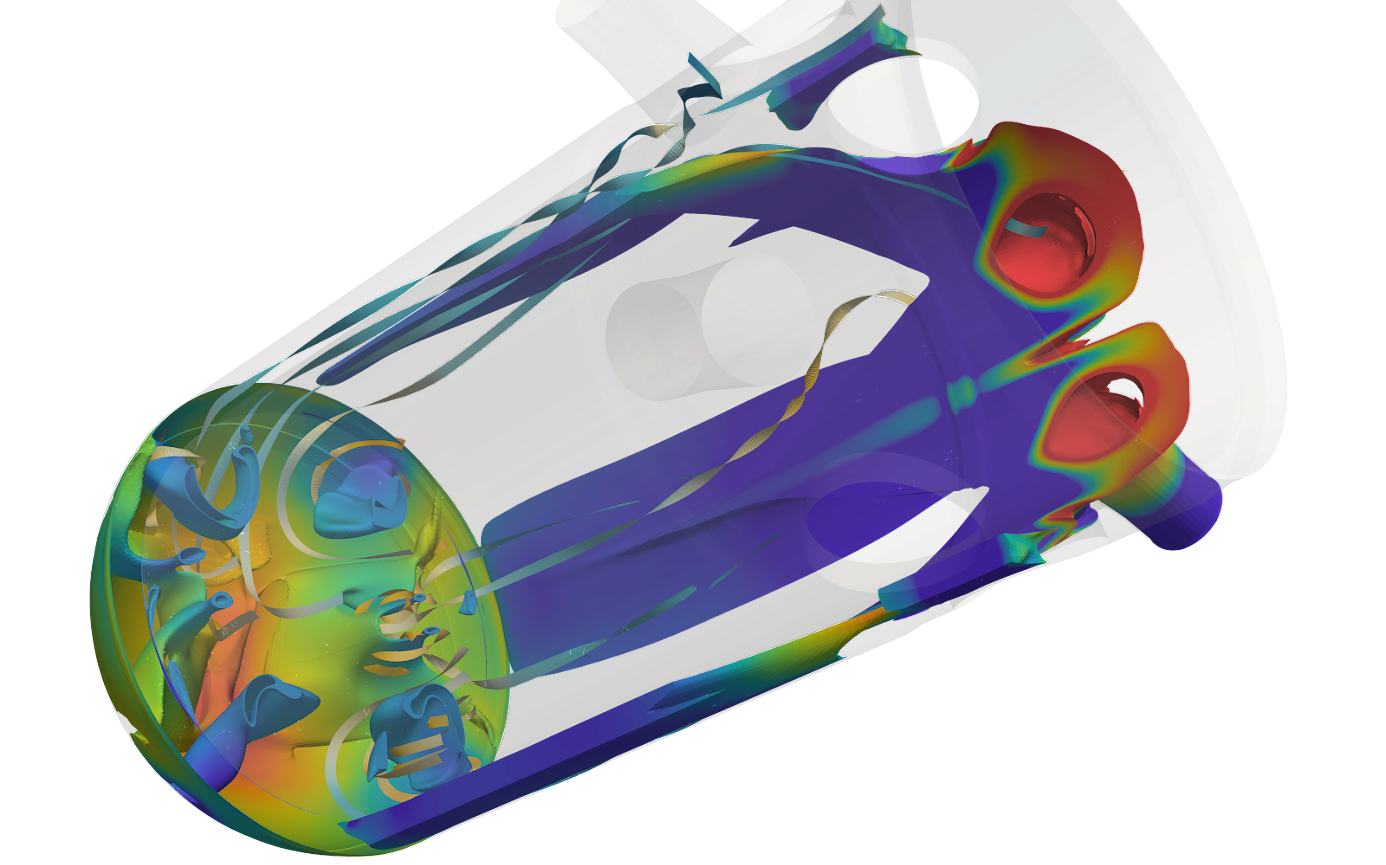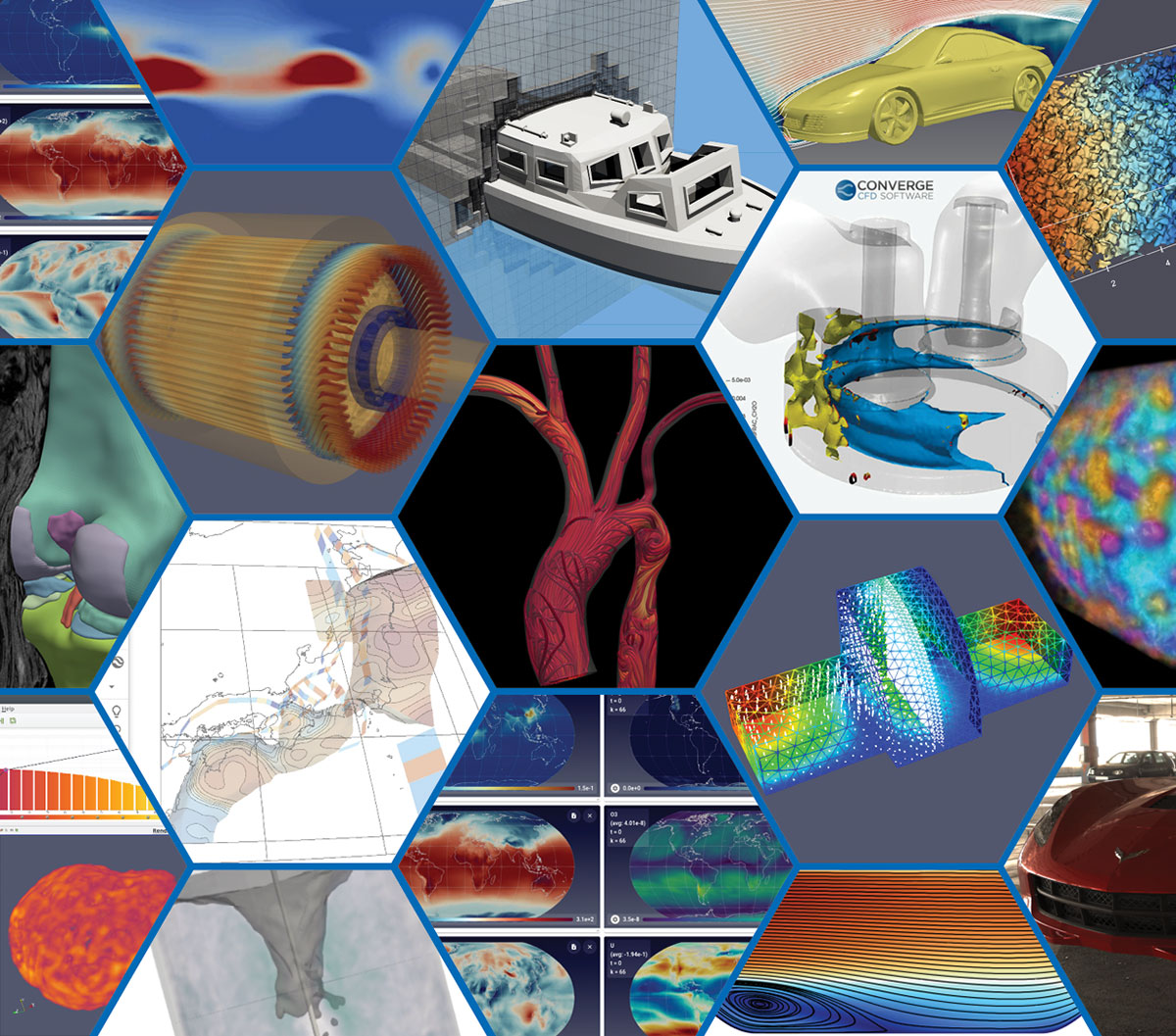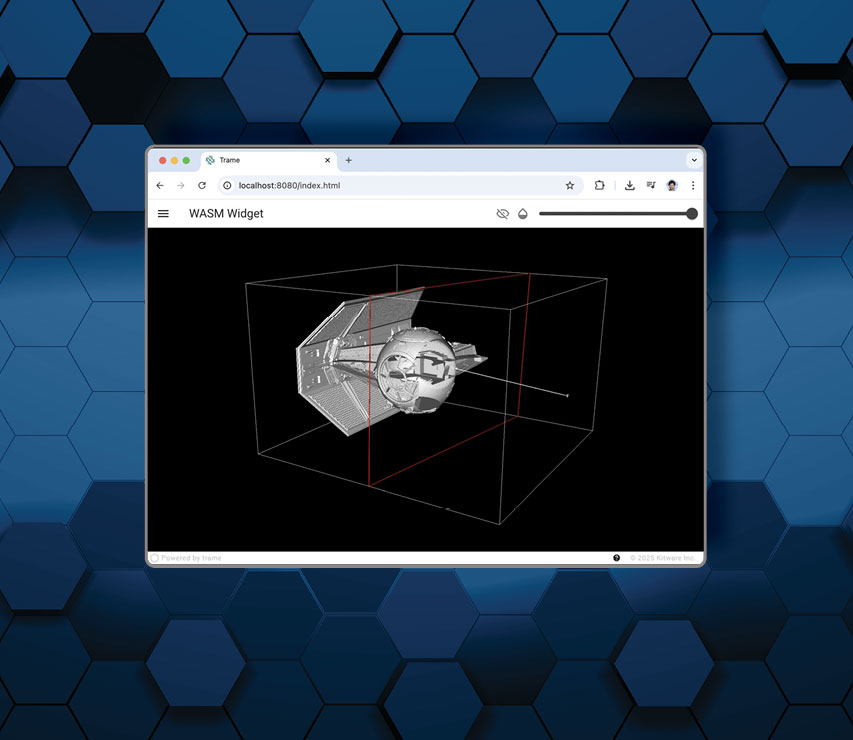Leverage the power of VTK by partnering with Kitware
What It's Like to Work with Us
Process images and create 3D computer graphics with the Visualization Toolkit.
The Visualization Toolkit (VTK) is open source software for manipulating and displaying scientific data. It comes with state-of-the-art tools for 3D rendering, a suite of widgets for 3D interaction, and extensive 2D plotting capability.
VTK is part of Kitware’s collection of supported platforms for software development. The platform is used worldwide in commercial applications, as well as in research and development. For examples, please see VTK in Action.
A Framework for Next-Generation Visual Workflows in Scientific Computing
The 21st century has witnessed remarkable advances in computational and experimental sciences, with processing power expanding from terascale to exascale—a million-fold increase in capability—and experimental devices achieving unprecedented scales of data collection. Visualization technologies have kept pace, as modern GPUs now enable the analysis and rendering of complex datasets that were once out of reach. At the same time, artificial intelligence has disruptively reshaped research by not only augmenting existing methods but also transforming the problems we can address and the ways we solve them. Scientific and engineering work now depends on the integration of experiments, large-scale computation, and AI, involving diverse participants from domain experts to decision-makers. Yet, traditional tools such as documents, charts, spreadsheets, and static visualizations are no longer sufficient to support collaboration.
CMake + FASTBuild: Distributed, Cached, and Fast
CMake is a build system and not a build tool itself. CMake supports various “backends” like Makefiles, Visual Studio, Xcode, and Ninja. This is a powerful feature of CMake, allowing developers to use the best tool for the project. CMake has not had a new generator since 2011, when Ninja support was added. Back then, […]
Bring Powerful 3D Visualization to the Browser with VTK.wasm
Modern scientific and engineering applications increasingly rely on rich, interactive 3D visualization to interpret complex data. Traditional desktop deployments, however, create barriers, installation overhead, platform dependencies, and limited scalability. As workflows migrate to the web, there is a clear need for performant, browser-native solutions that can deliver the sophistication of desktop tools without their constraints.



